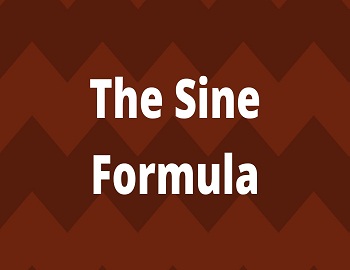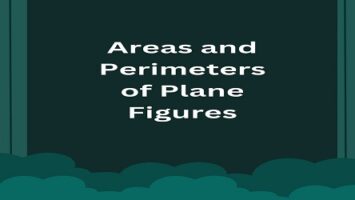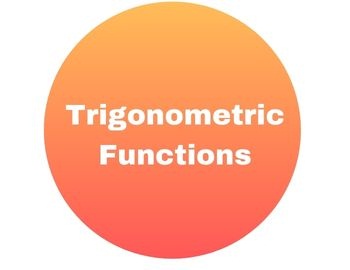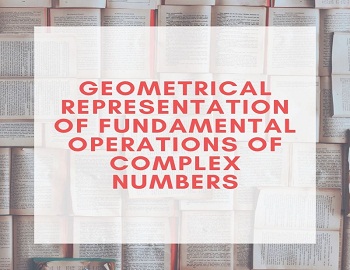The Sine Formula:
A triangle has six components- three angles and the three sides opposite to them. In △ABC, the three angles are denoted by A, B and C and the sides opposite to them are denoted by a, b and c respectively. The basic properties followed by the angles and the sides of a triangle are-
(i) A + B + C = π radians.
(ii) b + c > a, c + a > b, a + b > c.
A triangle that does not contain a right angle is known as an oblique triangle.
In addition to the properties mentioned above, the components of a triangle also follow some trigonometric relations.
The law of sines or the sine rules states that the lengths of the sides of a triangle are proportional to the sines of the opposite angles. In other words, in △ABC with sides a = BC, b = CA and c = AB, we have a/sin A = b/sin B = c/sin C.

Proof- We consider △ABC with a = BC, b = CA and c = AB. The angle C (any one of the angles) may be acute, a right angle or obtuse. In an acute-angled triangle, AD is drawn perpendicular to BC and in obtuse angles triangle, AD is drawn perpendicular to BC produced, whereas, in the right triangle, the perpendicular from A to BC coincides with AC as shown in the figure above.
| Now, AD/AC = sin C, in figure (i) ⇒ AD/AC = 1 = sin 90° = sin C, in figure (ii) ⇒ AD/AC = sin (180° – C) = sin C, in figure (iii) Thus in each triangle, AD/AC = sin C ⇒ AD = AC sin C = b sin C …………..(a) Also, in △ABD, AD/AB = sin B ⇒ AD = AB sin B = c sin B ……………(b) From (a) and (b), one gets- b sin C = c sin B ⇒ b/sin B = c/sin C Similarly, by drawing perpendicular from C on AB, it can be shown that a/sin A = b/sin B = c/sin C |
Denoting each ratio by k, we can write a/sin A = b/sin B = c/sin C = k. Therefore, a = k sin A, b = k sin B, c = k sin C. These relations will help us to replace the sides of a triangle with the sines of the opposite angles.









Comments (No)